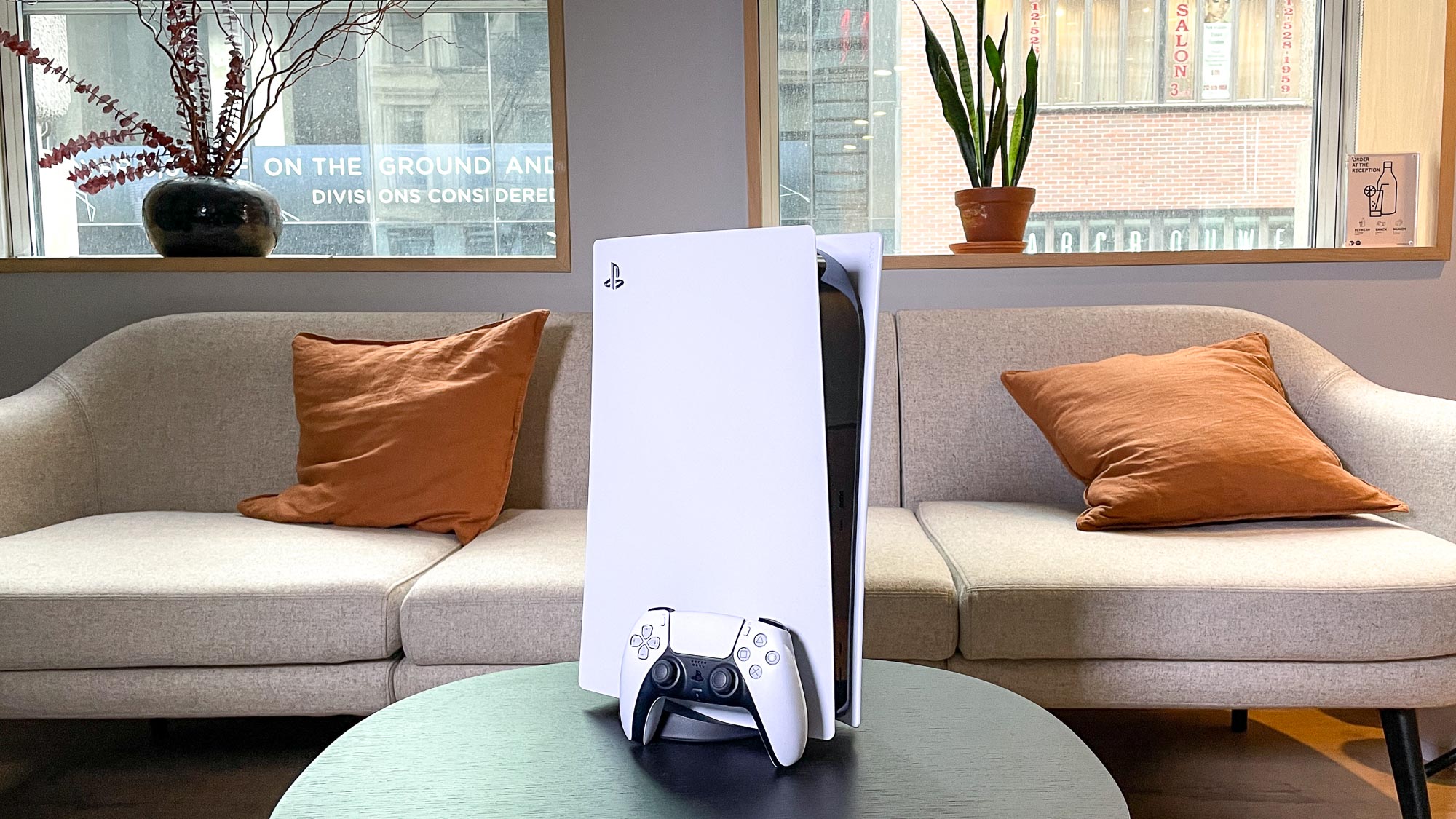
Update: This could be a clue to the PS5 Pro.
The PS5 promised to be a new leap in gaming performance, one where 4K graphics would meet faster refresh rates. Unfortunately, very few games have been able to meet this high bar, as the latest graphics prove to be computationally expensive. This has forced developers to target lower resolutions in a bid to keep framerates high.
Regardless, three months after launch, systems remain difficult to find, with many wondering how to get PS5 restocks. And although games like Assassin's Creed Valhalla look great at its dynamic 1440p resolution, I don't mind waiting for a PS5 Pro.
- Where to buy PS5: Latest PS5 restock updates
- We can't wait: Most anticipated games of 2021
4K resolution, almost
The PS5 and Xbox Series X have given gamers some strong titles to test out their new systems. From Demon’s Souls to Yakuza: Like a Dragon, there’s a lot to play during a holiday quarantine. Unfortunately, not all games can hit that 4K 60fps ideal.
Insomniac Games, the developer behind Miles Morales, did a tremendous job in delivering a next-gen experience with little compromise. On PS5, the game showcases enhanced textural detail and new ray tracing depth. The added ray tracing gives the city that next-gen realism, where the world is dynamically reflected in real time on the shiny glass obelisks towering over Manhattan. Miles himself features greater skin detail, with realistic translucency as neon lights dissipate over his pores.
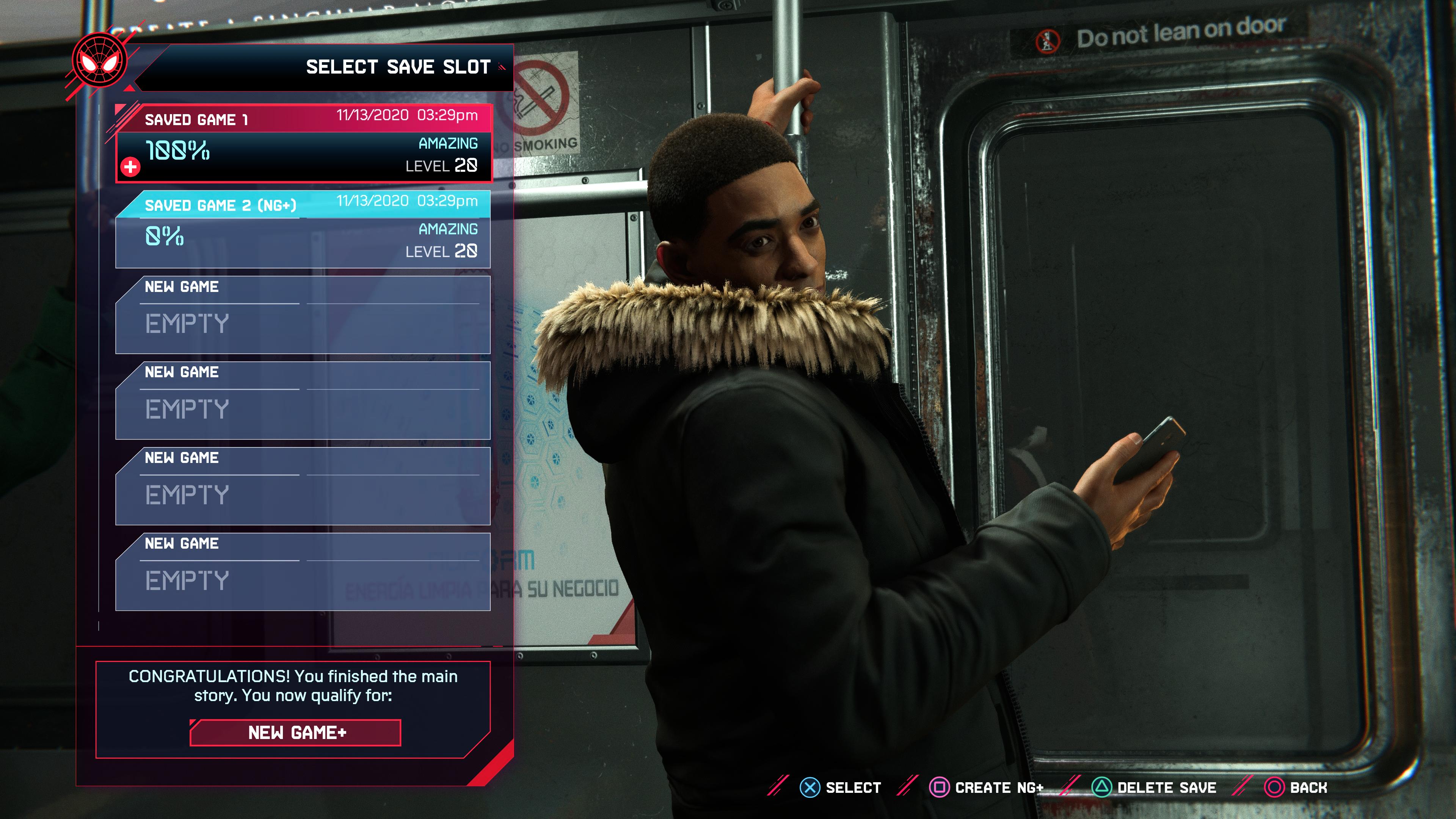
Even then, gamers are forced to compromise between two modes: quality and performance. The former prioritizes ray tracing and a consistent 4K resolution while the latter focuses on frame rates. John Linneman of Digital Foundry reports seeing resolution in performance mode go as low as 1512p.
Assassin’s Creed Valhalla, on the other hand, has had to make greater compromises. With the added performance of both the PS5 and XSX, the team couldn’t brute force 4K 60fps with ray tracing.
Sign up to get the BEST of Tom's Guide direct to your inbox.
Get instant access to breaking news, the hottest reviews, great deals and helpful tips.
According to Alex Battaglia of Digital Foundry, both the PS5 and Xbox Series X versions of the game never hit a full 4K resolution. Instead, Assassin’s Creed opts for a dynamic resolution that changes on the fly depending on the situation. On the high end, users will see a resolution of 1728p, while on the low end, the game will drop to 1440p. That’s 67% of a native 4K resolution.
Will there really be a PS5 Pro?
As technology continues to improve, graphics technology will soon be able to achieve that ray traced 4K 60fps future. When that happens on PC, fans will too be clamoring for a mid-cycle refresh that can offer similar gains. But demands on Twitter might not translate to a new system.
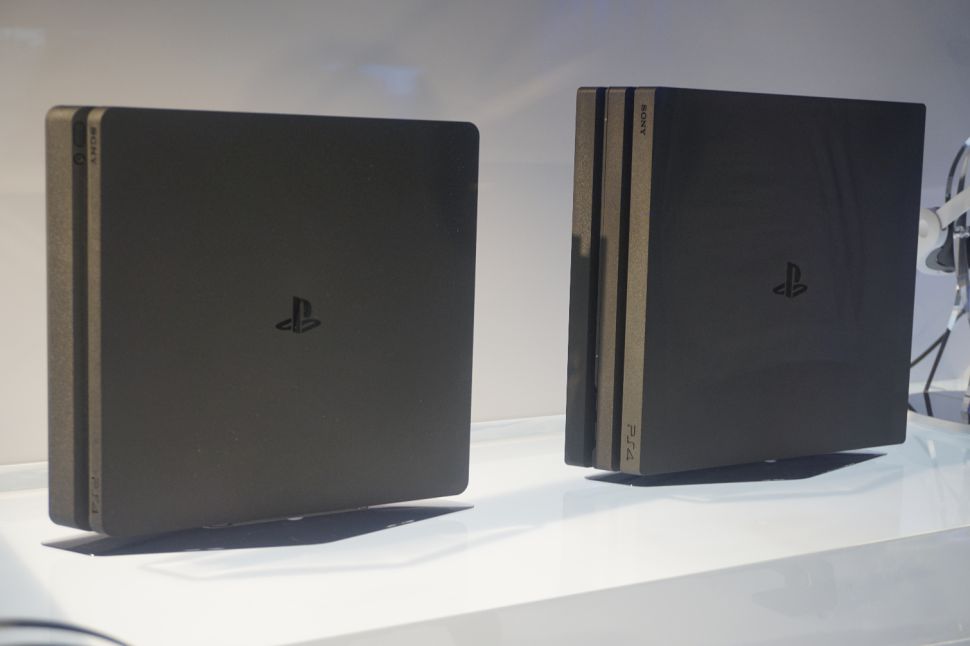
The PS4 Pro has been difficult to find these past two years, either due to high demand or low production. For those wanting to get a PS4 Pro, it was likely that they would need to find one secondhand or wait for a special edition bundle, like the ones featuring Spider-Man or Death Stranding.
Sony has never officially released numbers for PS4 Pro sales, which could suggest that they paled in comparison to the base PS4. Sony also recently discontinued production of the PS4 Pro, likely to prioritize PS5 production.
At the moment, it’s still hard to say if there will be a PS5 Pro or Xbox Series X2.
When would we see a PS5 Pro
The PS4 Pro and Xbox One X systems came out in 2016, three years after the base systems’ release. If that timeline holds true for the current generation, then we could see a mid-generation refresh in 2023.
Before that happens, new graphics advancements need to be feasible for manufacturing before either company can make orders with chip maker AMD.
At the moment, AMD is pushing its latest Ryzen processors and RX 6000 series graphics cards featuring RDNA 2 technology. The Xbox Series X delayed manufacturing systems until AMD could fold RDNA 2 into Xbox’s production line. PS5, on the other hand, does not have RDNA 2 baked into the hardware.
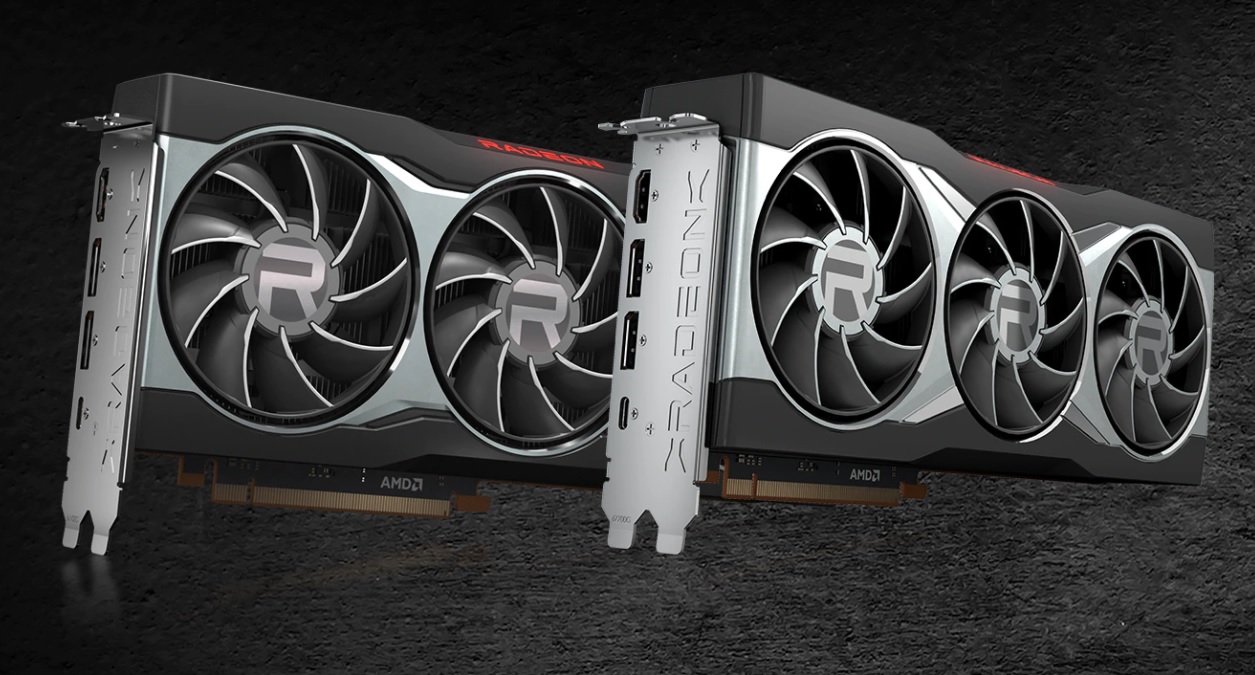
Because AMD just released its RX 6000 series with its new 7nm process, the new year will likely see an upgraded iteration, while 2022 will introduce new technology altogether.
Assuming this timeline is true, then it’s quite possible that by 2023, technology will exist for a PS5 Pro.
Give game developers more time
As a console generation ages, developers find new techniques to exploit hardware. The original Uncharted, which launched in 2007 on the PlayStation 3, was considered a technical marvel at the time. But developer Naughty Dog commented that the game only utilized 30% of the system’s performance. It wasn’t until Uncharted 2 that the team was able to tap into the full power of the cell processor.
But Uncharted is an extreme example. On the PS4, Uncharted 4 and The Last of Us 2 — both of which were released three years apart — did not see the same graphical leap. That’s because the architecture of the PS4 was more familiar and PC-like than the PS3. It was easy for developers to quickly learn the ropes and start exploiting the console’s hardware.
According to architect Mark Cerny, the “time to triangle,” or the ability for developers to get up to speed on the hardware, decreased dramatically between the PS3 and PS4. For the PS3, it took developers 6 to 12 months. PS4 greatly reduced the time to triangle to 1 to 2 months. The PS5, given its similar architecture, has reduced it to less than a month.
That means Naughty Dog will almost immediately be able to tap into the full power of the PS5. Even then, I suspect its first PS5 game might also have users choose between quality and performance modes.
Can deep learning fix the need for mid-gen refresh?
Even on a $1,500 RTX 3090 graphics card, Cyberpunk 2077 struggles to maintain a consistent 60fps with ray tracing on at a native 4K resolution. What PC gamers have opted to do is instead use Nvidia’s DLSS, or deep learning super sampling with some tweaked settings.
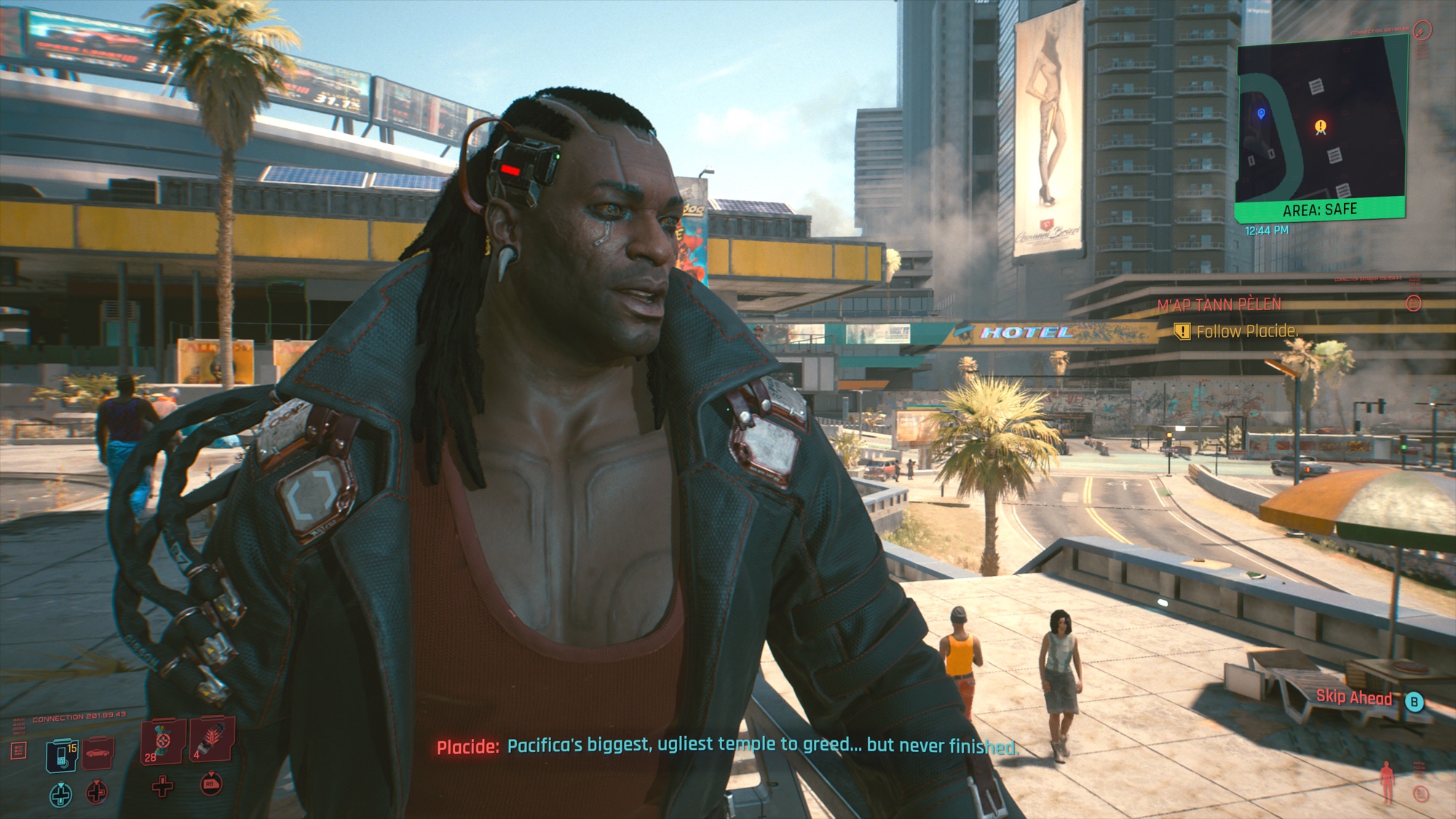
DLSS, to put it simply, uses AI and Nvidia’s supercomputers to predict what a higher resolution frame might look like. So, players can run a game at 1440p on their computer and DLSS will use AI to interpret a 4K image. It works surprisingly well.
AMD’s equivalent of this is FidelityFX Super Resolution. It hasn’t launched yet, but AMD has said it’s open source and cross-platform, meaning that it can jump to PS5 and XSX/S.
At the moment, Microsoft is touting that the processor on the Xbox Series X/S has hardware baked in to allow for Super Resolution and other types of AI learning, hardware the PS5 lacks. The PS5 still can use AI super sampling, but not as fast or effectively.
Earlier this year a patent surfaced from Sony that suggested the company is working on AI technology equivalent to DLSS. If it comes to fruition, then both the Xbox Series X/S and PS5 might forgo needing a mid-gen refresh.
But the packaging for both the PS5 and XSX touts 120fps and 8K resolution. If stronger hardware in a pro model can deliver proper 120fps gameplay at a 1080p or 1440p resolution, then AI-based supersampling can display that on the latest feature-rich televisions.
Should I wait for a PS5 Pro?
If I weren't a tech reporter, it’s likely that I would have waited before jumping into next gen, either for a mid-cycle refresh or for both the PlayStation 5 and Xbox Series X to implement AI super sampling.
For the interim, I might have instead considered investing in a gaming PC, one that can take advantage of next-gen ray tracing features along with Nvidia’s DLSS. But I understand that many cannot afford to own a gaming rig and a next-gen console.
In an instance where budgets are constrained, I would opt to stick with a PS4, or consider selling it for a used PS4 Pro. Games will continue to release on last-gen systems for the next two years. If by E3 2022 there are no rumblings of a mid-cycle refresh, then I would consider buying PS5 or XSX. And if both Sony and Microsoft do announce the launch of AI-based super sampling, it decreases the likelihood.
Either way, both units are sold out everywhere. There still aren’t a ton of must-have games yet. If you do decide to wait a few years, at the very least you’ll be able to buy a suite of games at discounted prices.
Imad is currently Senior Google and Internet Culture reporter for CNET, but until recently was News Editor at Tom's Guide. Hailing from Texas, Imad started his journalism career in 2013 and has amassed bylines with the New York Times, the Washington Post, ESPN, Wired and Men's Health Magazine, among others. Outside of work, you can find him sitting blankly in front of a Word document trying desperately to write the first pages of a new book.

